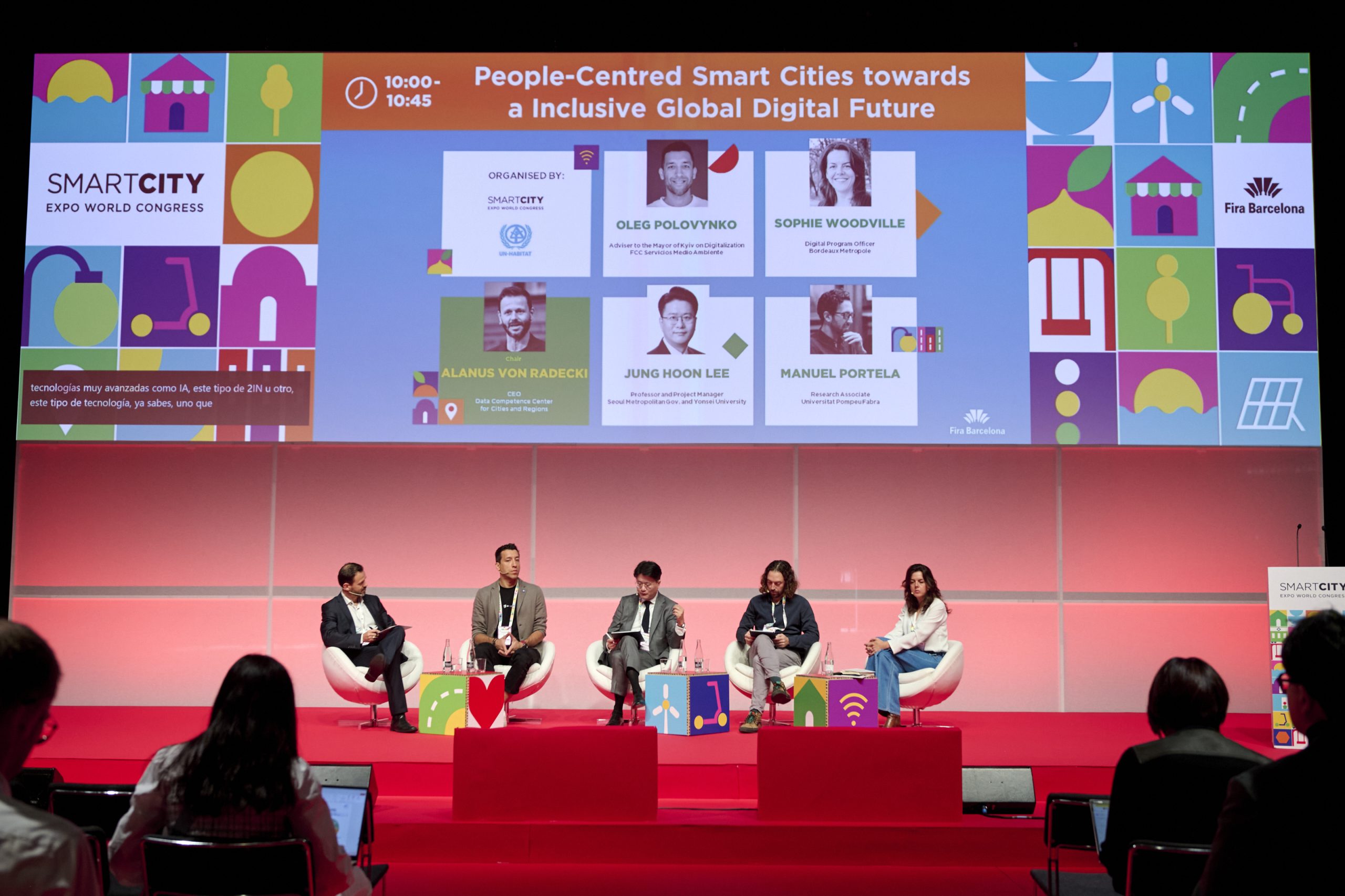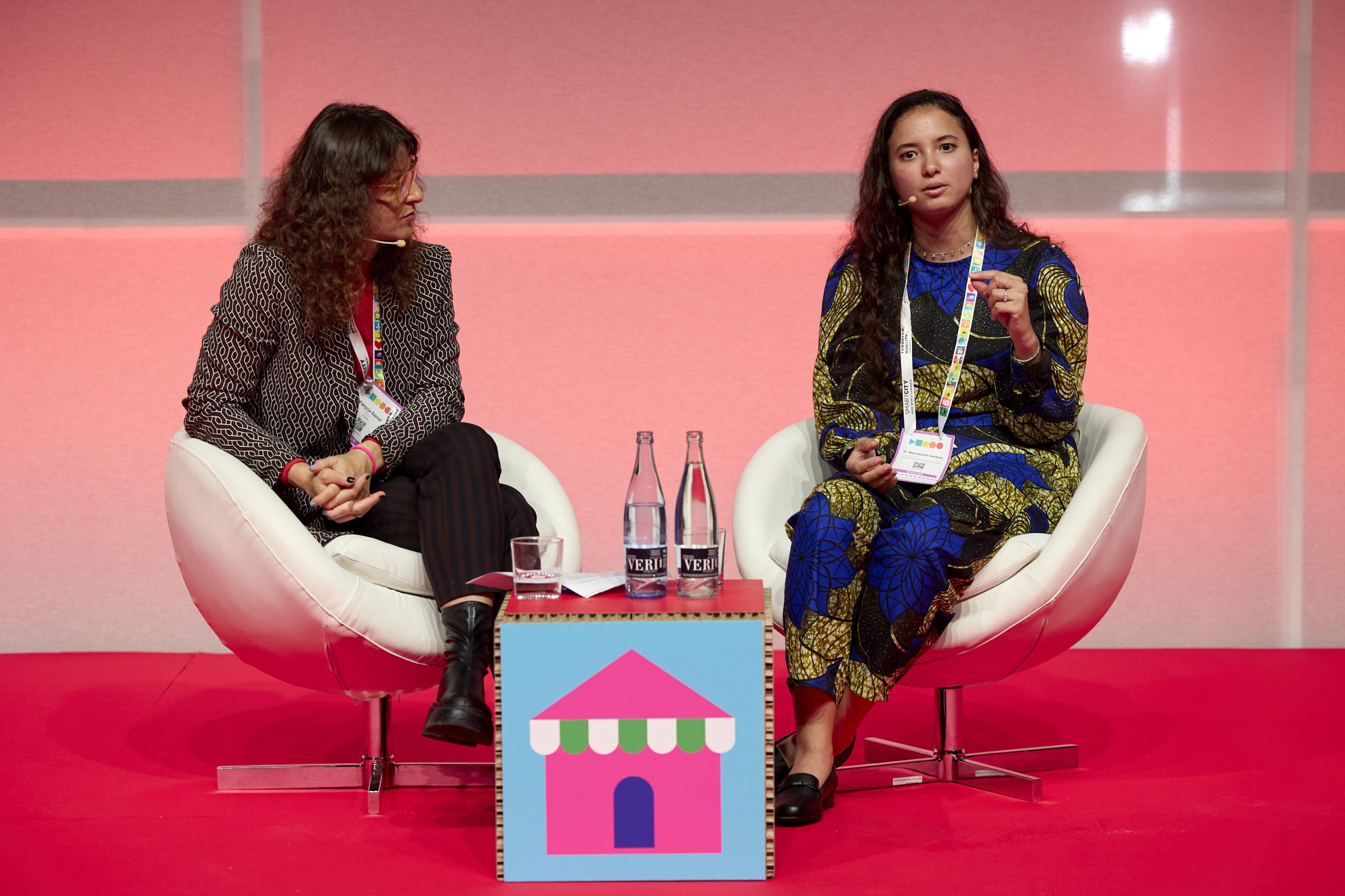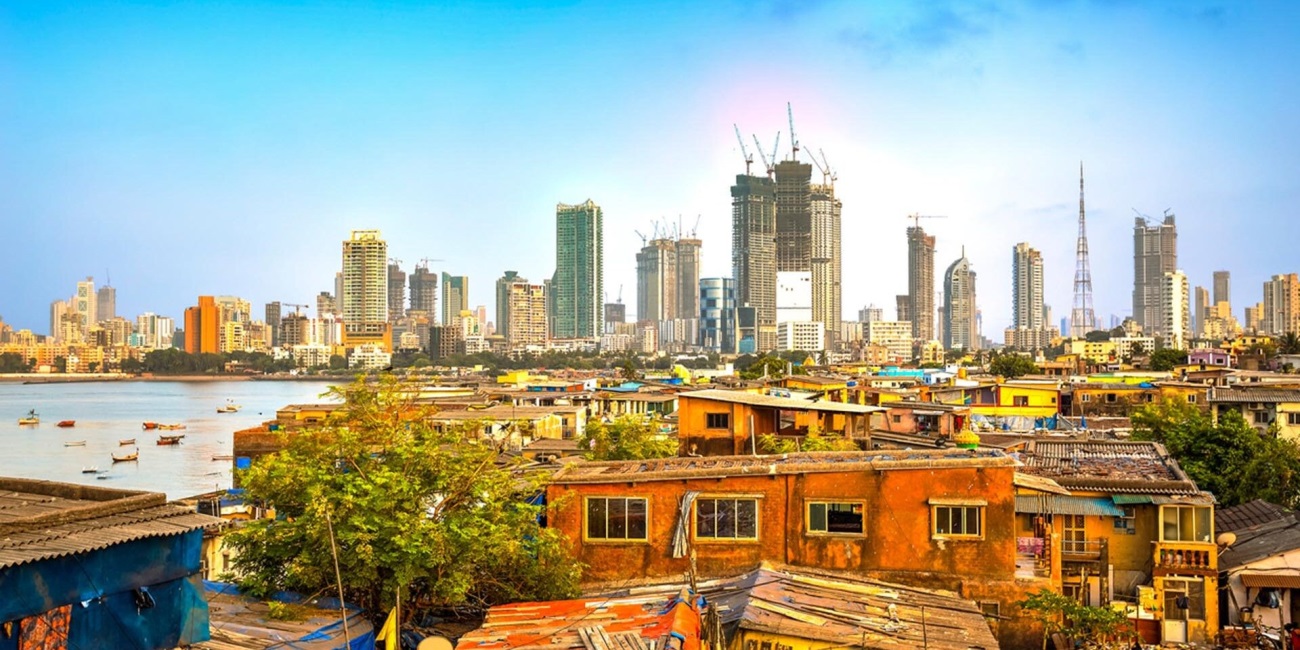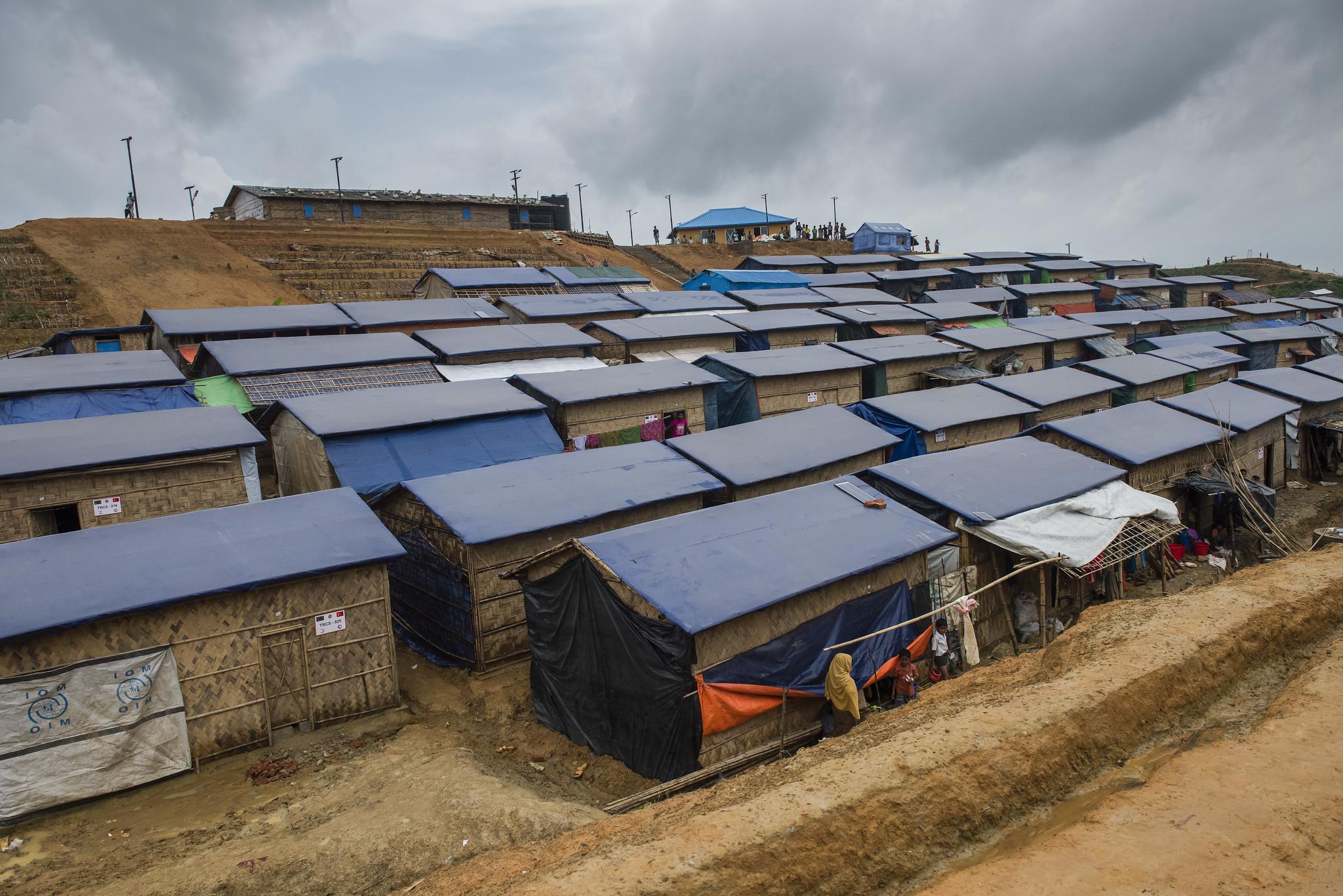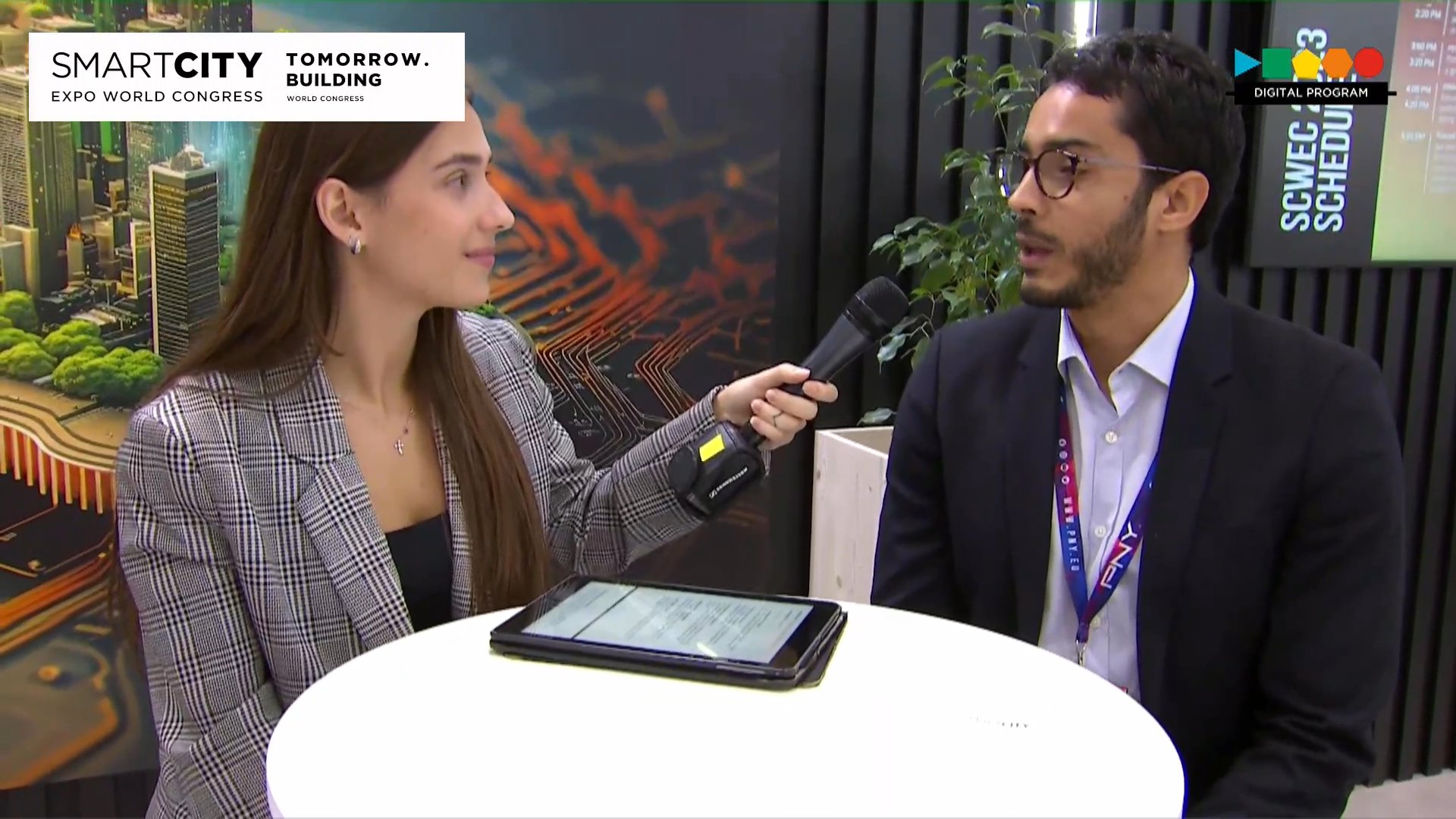Author | Raquel C. Pico
Climate change is driving global warming. The IPCC reports have been warning about this for years, but the general public is now becoming increasingly aware of it in their everyday lives, especially during the summer months. Heatwaves have become more frequent and intense. This has a direct impact on public health and safety, as it often exacerbates health issues and increases mortality rates.
As average temperatures continue to rise, the impacts will only intensify. Hot days will become more frequent, and this will come at a significant cost. A study published this summer in The Lancet, which has gained significant media attention, predicts a notable increase in deaths caused by high temperatures in Europe from now until 2100. While the general population faces these consequences, certain groups are at particularly high risk. This includes older individuals, but also those who, due to the nature of their work, are regularly exposed to these high temperatures.
Those who work outdoors are particularly vulnerable, especially in sectors like transportation, farming, and construction. However, indoor workers are not exempt from the problem either. The lack of proper ventilation or the heat generated by work tools, such as in factories, exacerbates the problem.
Cities are major critical points, as the health and safety impacts of heatwaves are generally intensified in urban environments. Urban heat islands cause temperatures to be, on average, higher than in rural areas, due to human activities, the materials used in construction, and the way urban development has been approached over the past century. The lack of green spaces worsens the situation, as sidewalks not only absorb heat but also release it, contributing to higher temperatures. The cities of the 20th century are not equipped to address the challenges posed by 21st-century climate change.
Cities must overhaul their infrastructures to address this situation, but, more importantly, they need to integrate these concerns into the daily lives of the people who work there. Effective management goes beyond coordinating peak hours or office locations; it must also account for how climate change affects the health and safety of workers in urban environments.
The economic cost of heatwaves
It is not only a matter of social justice but also an economic concern. The report Working on a Warmer Planet by the International Labor Organization (ILO) warns about the impact of heatwaves on productivity, which begins to decline when temperatures rise to between 24º and 26ºC. When temperatures reach between 33º and 34ºC, labor productivity is cut in half. Mental fatigue intensifies, further compromising health and safety in the workplace.
This deteriorates the quality of life of the workforce and has an economic cost for companies. A study by Moody’s concludes that climate change risks pose a global threat to all industries: between 24% and 29% of retail industry assets are at risk due to heatwaves. According to the ILO, by 2030, 2.2% of global working hours will be lost due to excessive temperatures. This is equivalent to the loss of 80 million full-time jobs due to extreme heat.
Measures to mitigate heat
Companies must therefore consider how to protect workers from high temperatures and identify the measures needed to mitigate the negative impact of heatwaves.
The first step is acknowledging that the problem exists and requires action, as only then can specific health and safety policies be implemented. The ILO highlights the importance of implementing more initiatives that ensure worker health and safety, adapting infrastructures, and gaining a deeper understanding of the broad impact of high temperatures on work, such as their role in driving migration.
As a result, work schedules will need to be adjusted, avoiding the central hours of the day in activities where safety cannot be ensured. Additionally, regulatory changes may be required to address these challenges effectively. In 2023, Spain updated its occupational health and safety regulations to address these concerns.

According to the World Economic Forum, heat mitigation measures can be implemented in the short, medium, and long term. In the short term, measures such as educating workers on the effects of heat, adjusting working hours, offering greater flexibility (e.g., remote work options or additional rest breaks), and revising internal occupational health and safety policies can be effective.
In the medium term, implementing technology to monitor heat levels or enhance thermal efficiency in the workplace could help address these challenges. In the long term, however, the Forum cautions that public policies and labor regulations will need to be reformed. This is where cities will play a crucial role, through measures such as enhancing urban ventilation and creating more shaded areas.
Heat-resilient cities
These changes will improve not only the daily working conditions but also the quality of life for the general population. Cities can adapt to heatwaves through prevention efforts and the reinvention of health and safety measures.
Transforming the urban landscape can help lower average city temperatures. “Redesigning urban landscapes with more vegetation and water and implementing passive cooling strategies to improve thermal performance and reduce energy consumption in buildings are key to making cities more resilient to heatwaves,” said Jonathan Duwyn, Head of the Cities Unit at UNEP.

The creation of more green spaces not only lowers average temperatures but also provides thermal shelters. Climate shelters are, in fact, one of the most innovative strategies employed by smart cities to address this issue, though they are not the only solution. Creating shaded areas and using new, heat-resistant materials for paving also contribute to mitigating the effects of extreme temperatures. Climate-resilient architecture has a highly positive impact on managing the effects of heatwaves.
There are numerous examples around the world: Tokyo is installing cool pavements, Toronto is promoting green roofs, and Athens is restoring an ancient Roman aqueduct to irrigate urban green corridors. Rain gardens are another increasingly popular tool.
How can we protect ourselves against a heatwave?
Similarly, workers can adopt habits to better withstand high temperatures and enhance their health and safety. These include improving hydration, taking more frequent mini breaks in shaded areas, and wearing functional clothing on hot days, such as light-colored and breathable fabrics.
Photos | coffeekai/iStock, Josue Isai Ramos Figueroa, Walter Martin
























